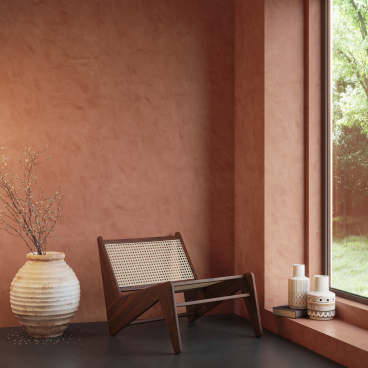Are gender neutral washrooms always the right choice for education projects?
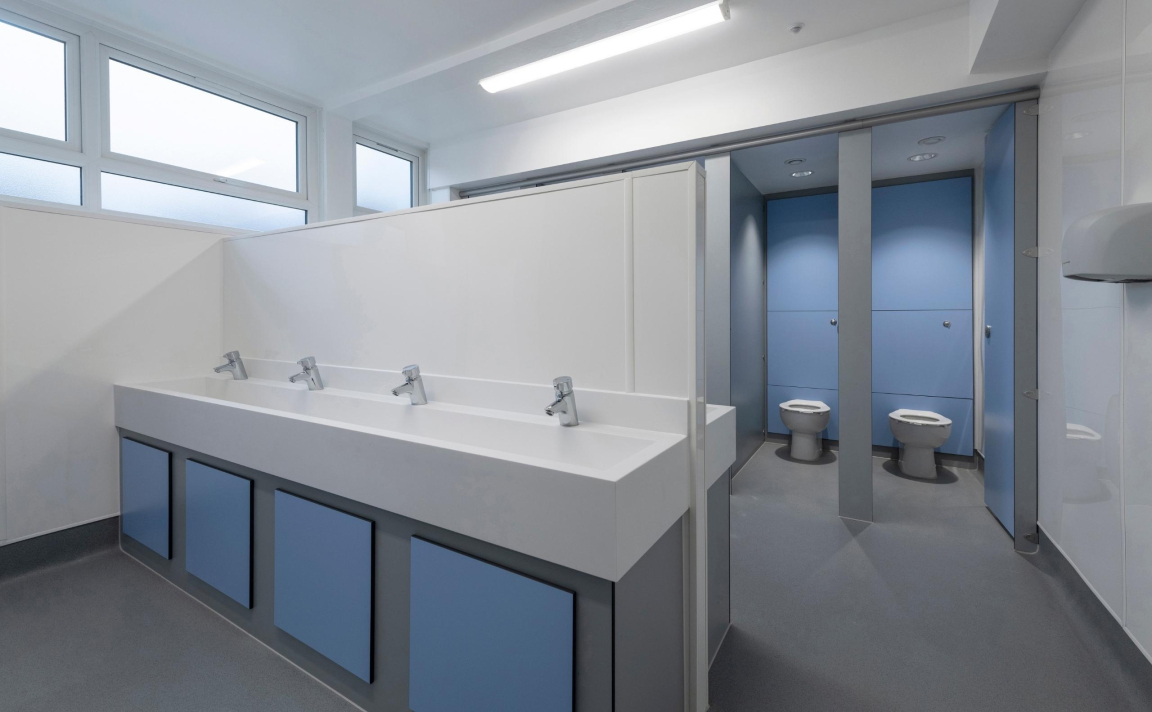
As the leading provider of gender neutral washrooms, Concept Cubicle Systems was keen to hone in on the education sector to assess the challenges to specification.
Speaking to four top architecture and design practices to gain more insight into the decision making process, the team has uncovered that the final choice is not so cut and dried – there are a multitude of factors that impact the specification of gender neutral washrooms.
An education in inclusivity
jmarchitects, driven by the Department for Education’s call to “ask the question of schools in their latest facilities output specifications”, directly engages with the school and client team to understand how they operate and what is best for them. “Through doing this we have found that more schools are asking for gender neutral bathrooms.”
And according to Stevie Leigh, Head of Interiors at The Fairhursts Design Group, in her experience, the option is always on the table. Not just for education either – it’s now a consideration for all sectors.
“Predominantly it comes down to inclusivity. But there are many other benefits to installing gender neutral toilets in Primary (final years), Secondary and Further Education settings, such as costs; less queues, staff/student retention, equity, easier to monitor (the often-open-plan design has been proven to tackle bullying as it mitigates the small, secluded spaces of male/female toilets). And generally, these types of washrooms are kept in much cleaner conditions” – explains Stevie.
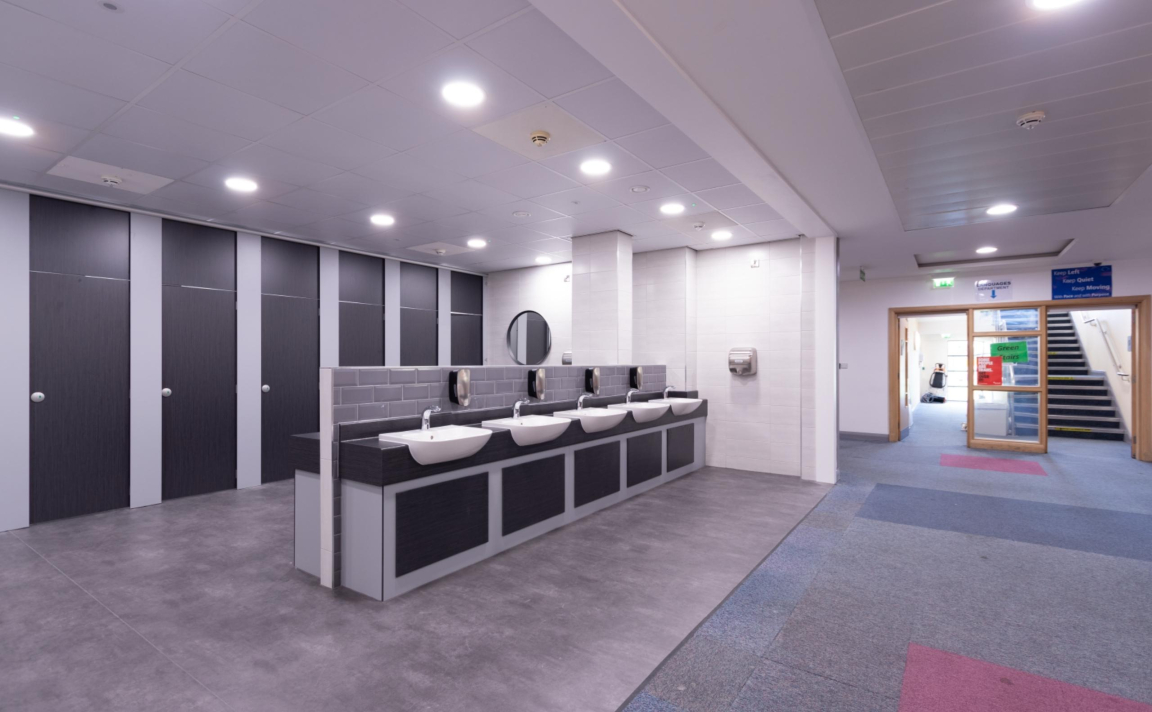
An aid in the prevention of bullying
The benefit in gender neutral toilets helping prevent bullying was also noted by Jasper Sanders, Design Director and Founder at Jasper Sanders + Partners. “Gender neutral bathrooms are really good particularly when you’re doing education for sub-18-year-olds, because they create a safe space. Bathrooms are traditionally places that have been a little bit unhealthy for bad behaviour.
“So, the way that gender neutral bathrooms work is that you’ve got a range of seven or ten cubicles, say, arranged in a neutral way in that you can’t necessarily determine which is ‘female’ or ‘male’, and the cubicles are sealed to the floor – so no opportunity for phones going over the top, or underneath. Then there’s a communal, open environment for hand washing.”
jmarchitects adds: “Unisex toilets are an egalitarian experience – everyone has the same quality of facilities, regardless of gender.
“Consideration must be given to the equality act, unisex toilets help eradicate gender discrimination according to sexual orientation, for example, transgender, non-binary, gender fluid & agender individuals.
“Unisex WCs are self-contained with floor to ceiling walls for added privacy, which makes for a more comfortable experience for the user.”
Jasper concludes, “While great, these types of washrooms take up a lot of space. So, if you’re doing a refit of a building, they’re tricky to try and fit in. They are space hungry. But if you’re doing a new build, I feel they’re a much better way of dealing with bathrooms.”
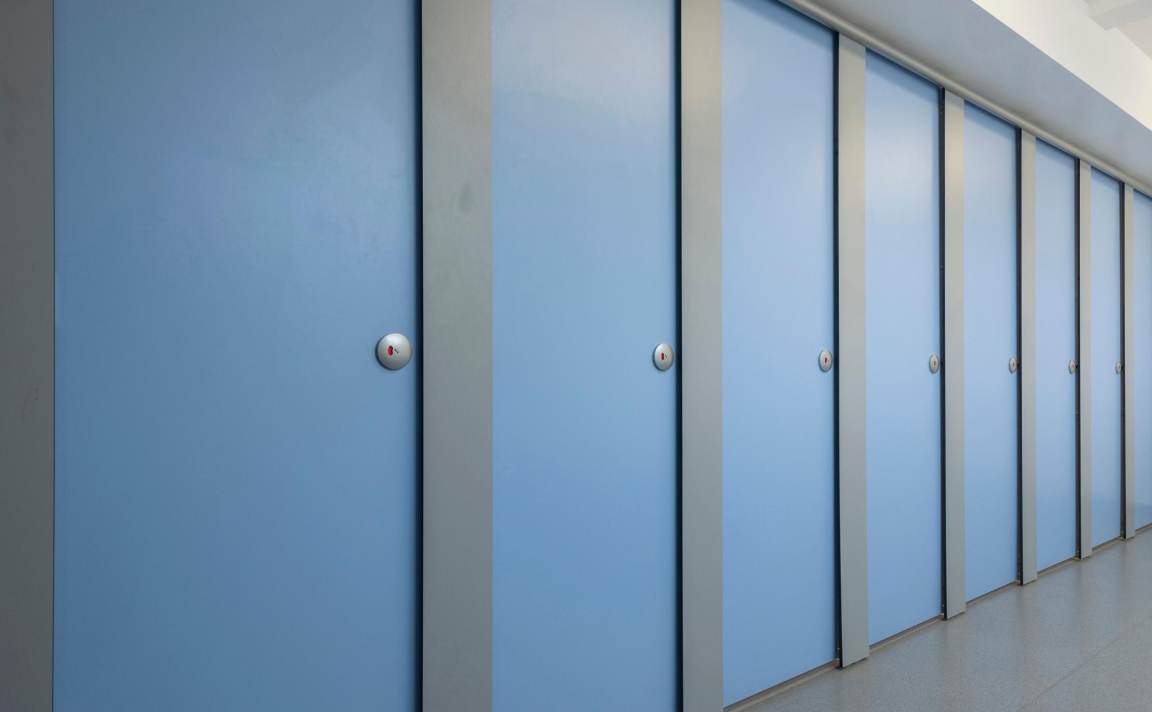
Space invaders?
Stevie agrees that space limitations can impact the final decision on installing gender neutral washrooms: “Often with a refurbishment you are more limited with space, budgets etc.”
jmarchitects agree: “Other factors that impact the decision are space, ensuring the correct ratios of toilets required are met, including the required amount of unisex accessible toilets, but also school preferences on whether the gendered toilets are mixed with the gender neutral toilets or if the gendered and gender neutral facilities are separated.
“There is also the configuration of the space to consider, for example, to design for supervision by staff – this would mean a more open design with visible basin areas and full-length cubicles. All of which impact how we design for gender neutral bathrooms in schools.”
Despite the space issue in some builds, Stevie believes that “90% of the time it’s achievable.”
When discussing the impact on space, Jasper raised another interesting point: “Gender neutral toilets are good, apart from the consumption of space. That has an impact for me on the efficiency of the building and trying to reduce our impact on the planet. Imagine all the toilets in the world suddenly became 5% bigger. That’s 5% more material. It’s easy to say, ‘it’s only few extra packs of silicon, and a little bit of extra lighting.’ But if we treat everything like that…”
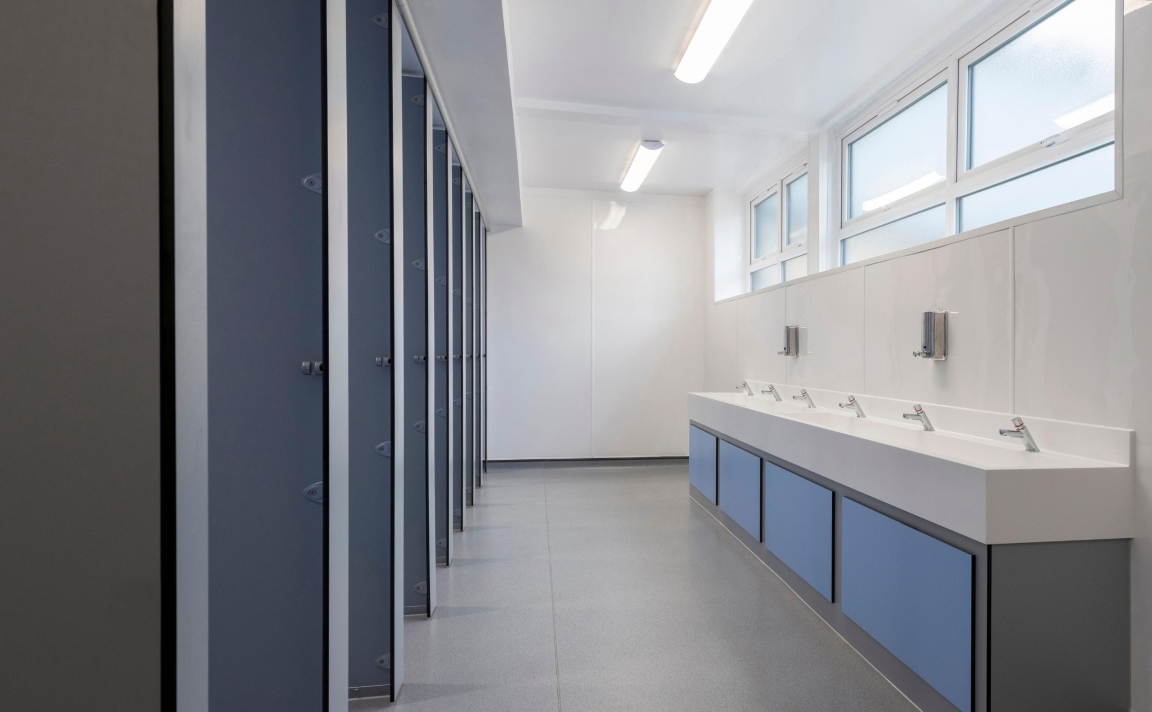
More, not less
Stevie believes though, that even if not every washroom can be gender neutral, opting for some rather none is preferable. “I feel by providing a percentage of gender neutral toilets rather than the whole building provision would give the students more options to choose what’s right for them, for their personal preference and circumstances. To be inclusive we have to do more, not less, even if that costs a bit more!”
This sentiment is shared by Heather Mason, Architect at Buttress Architects: “There continues to be a sector wide demand from clients for flexible and inclusive design. Wherever possible we will always try to champion diversity and inclusion in all aspects of our work.”
Concept Cubicle Systems has supported countless schools and universities in creating inclusive, safe, and private gender neutral washrooms. "Combining floor-to-ceiling cubicles for maximum privacy with central wash troughs to accommodate high footfall and an open plan layout for supervision and efficiency, a multitude of benefits can be achieved, from inclusivity to a reduction in bullying and vandalism."





